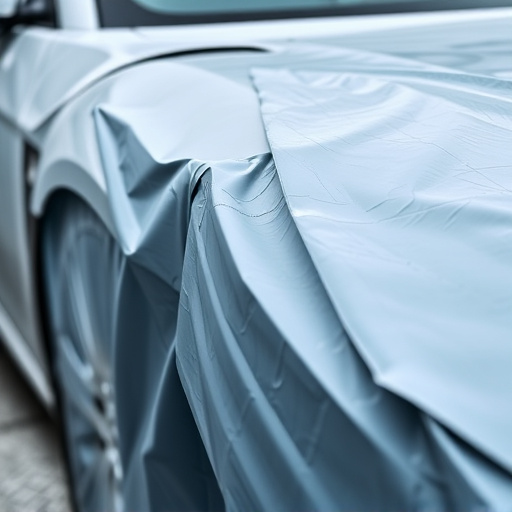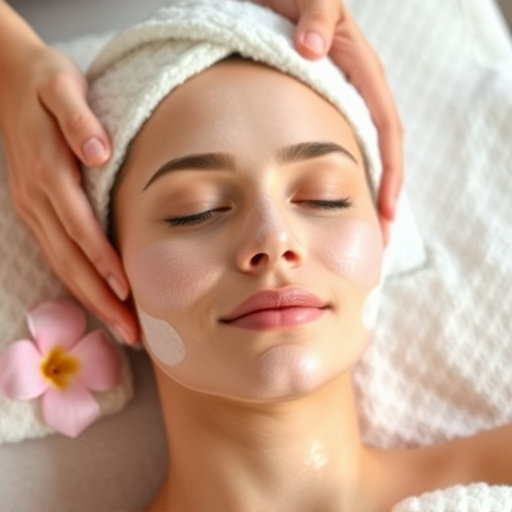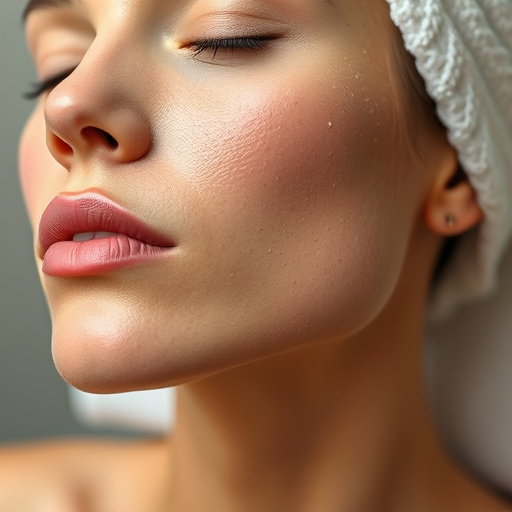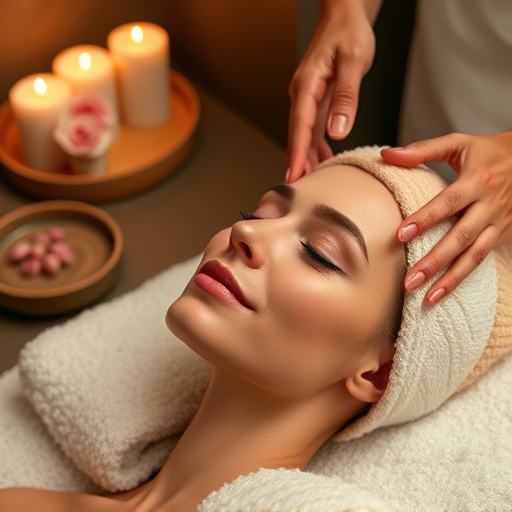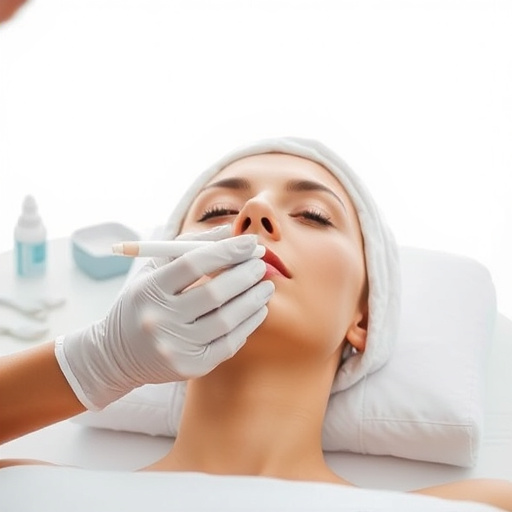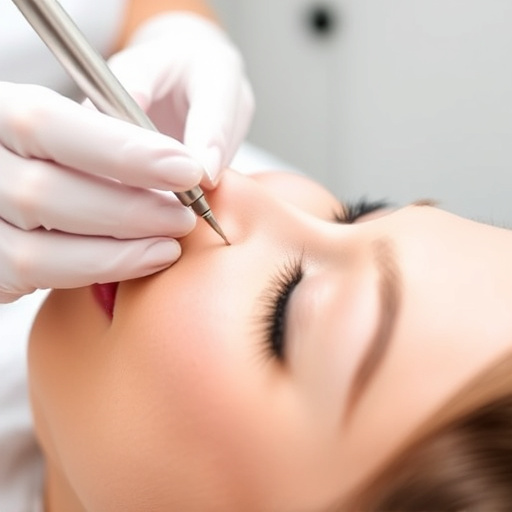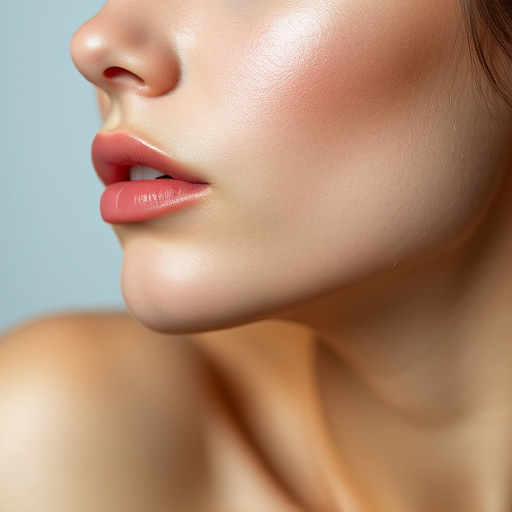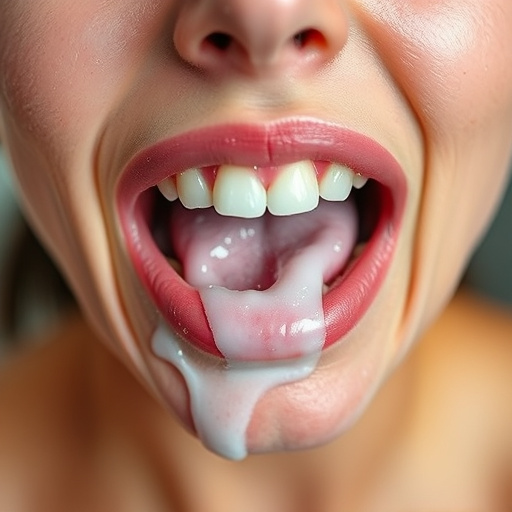After a lactic acid peel, avoid AHAs (except lactic acid), strong retinol products, and pore-clogging oils or oxybenzone to prevent irritation. Focus on gentle, hydrating products for optimal skin recovery and enhanced radiance. Combine lactic acid peels with retinoids/retinol separately to prevent overstimulation and increased dryness, ensuring effective and safe acne treatment.
“Unveiling the secrets of a successful lactic acid peel involves understanding what to steer clear of. This powerful exfoliating treatment, known for its ability to resurface skin, can be enhanced or compromised by certain active ingredients. From aggressive exfoliants and retinoids to essential oils and topical medications, every component matters. Discover the do’s and don’ts of post-peel care to ensure optimal results and maintain a balanced complexion.”
Active Ingredients to Avoid Post-Peel
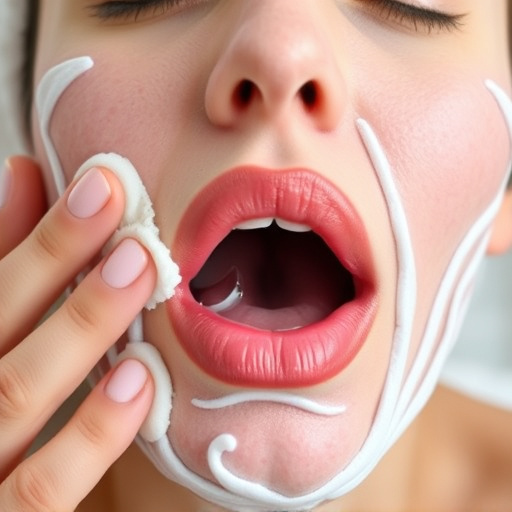
After a lactic acid peel, it’s crucial to avoid certain active ingredients to prevent adverse reactions and ensure optimal skin health. While lactic acid itself is gentle yet powerful for exfoliation, mixing it with the wrong products can cause irritation or even reverse the peeling process. Among the ingredients to steer clear of post-peel are alpha hydroxy acids (AHAs) other than lactic acid, as they may lead to over-exfoliation and sensitivity. Additionally, avoid strong retinol products, which can intensify skin dryness and redness commonly experienced after a lactic acid peel.
It’s also important to shun ingredients that promote inflammation or clog pores, such as certain fragrances, oils (especially heavy ones), and sunscreen chemicals like oxybenzone. These can counteract the beneficial effects of lactic acid peeling, impeding the skin tightening and aesthetic treatments it facilitates. Remember, the key to post-peel care is gentle, hydrating products that support your skin’s natural recovery process.
– Aggressive exfoliants
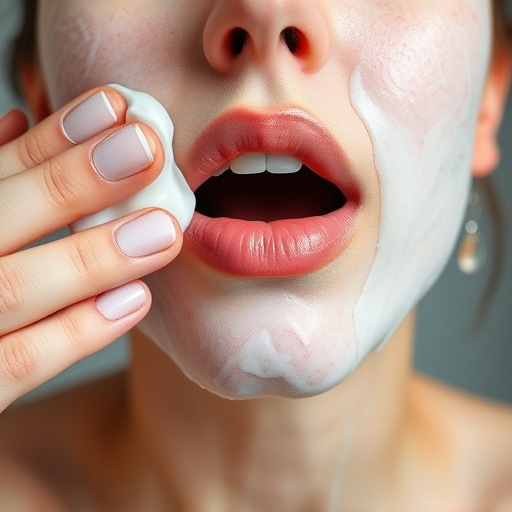
When it comes to a lactic acid peel, gentleness is key. These peels are powerful yet gentle exfoliators that work by breaking down dead skin cells, revealing smoother, brighter skin below. However, combining them with aggressive exfoliants can cause over-exfoliation and damage your skin’s delicate barrier. Lactic acid itself is a mild alpha hydroxy acid (AHAs), so pairing it with harsher scrubs or chemicals can lead to irritation, redness, and even peeling.
Remember that the goal of a lactic acid peel is to enhance skin health and texture without causing stress to your complexion. So, avoid using aggressive exfoliants before or after your peel. Instead, opt for gentler physical exfoliants (like sugar or oatmeal scrubs) several days before your treatment to prepare your skin, and choose hydrating facials or other gentle facial treatments post-peel to support your skin’s recovery and radiance.
– Retinoids and retinol
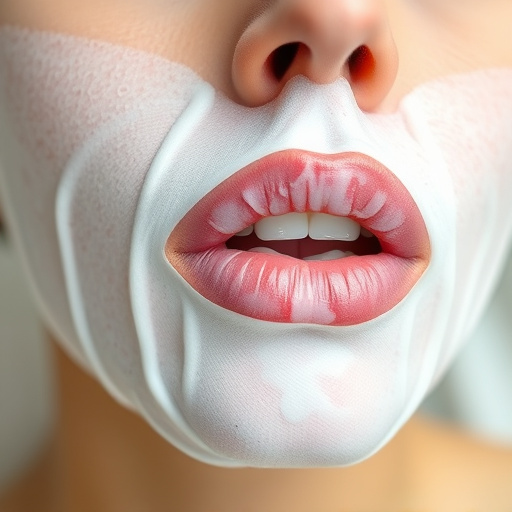
While lactic acid peels are a popular choice for achieving smoother, brighter skin through gentle exfoliation and stimulation of collagen production, mixing them with retinoids or retinol isn’t typically recommended. Both retinoids and retinol are potent derivatives of vitamin A that offer numerous benefits for skincare, including combating signs of aging and improving texture—but they can also make your skin more sensitive. Combining these powerful ingredients could result in increased irritation, redness, and dryness, especially if you’re new to either product.
Since lactic acid peels already promote skin turnover and enhance cell regeneration, using them in conjunction with retinoids or retinol may cause an overstimulation of the skin, leading to unwanted side effects. It’s best to introduce these non-surgical treatments separately, allowing your skin to adjust to one before incorporating the other. This approach supports a more effective and safe journey towards achieving clearer, rejuvenated skin through lactic acid peels and enhances their benefits for acne treatments and overall skin health.
When conducting a lactic acid peel, it’s crucial to be mindful of what not to mix. Avoid aggressive exfoliants and retinoids post-peel, as these ingredients can cause excessive irritation and sensitivity. Remember, the key to a successful lactic acid peel is moderation; allowing your skin to recover and repair itself properly will yield the best results.


